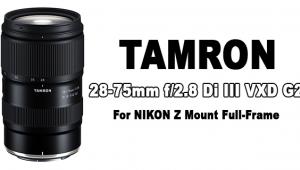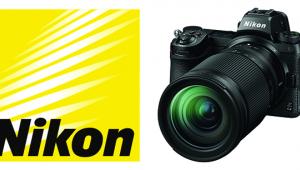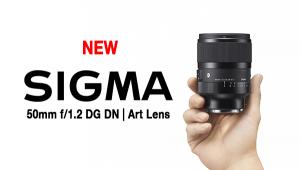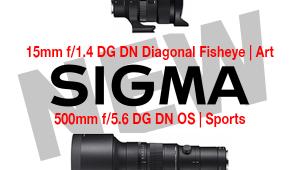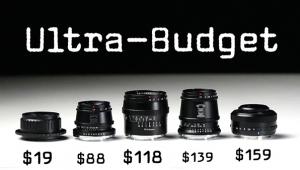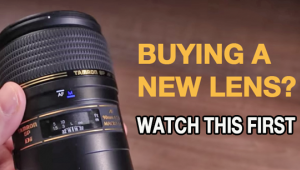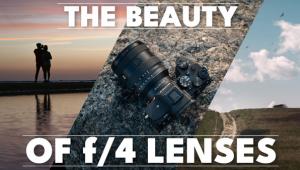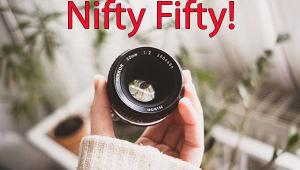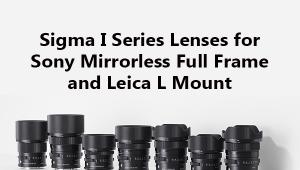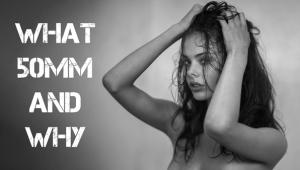Summer Project: How to Put Classic Nikon Lenses Back to Work
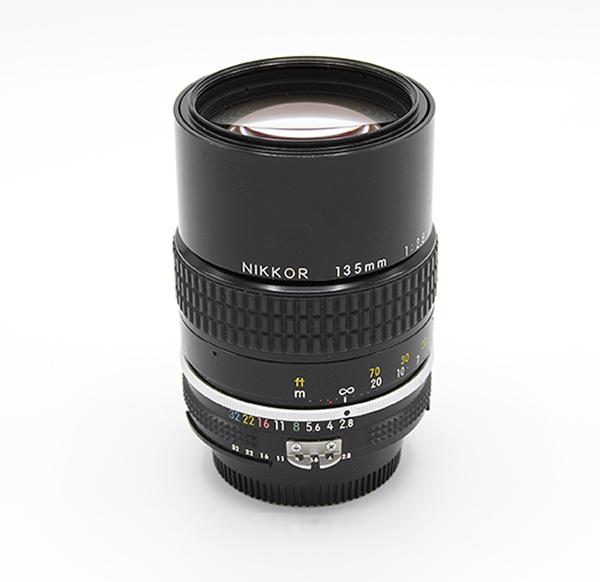
Just bought a 200mm f/2.8 lens for my Nikon D300s for $99! Incredibly it’s only 3.1 inches long and it’s as sharp as a handful of carpet tacks. It’s used, sure, and it’s manual focus. But hey! It was made by Nikon. It’s a real Nikon lens and it’s just one example of the fantastic bargains that are available to those who know what to look for.
Nikon has manufactured nearly 100 million lenses, and many of them are available secondhand in camera shops, through online auctions and in the closets of unsuspecting relatives. Buying used gear requires some homework and a few tips. The homework is on you; here are the tips.
The Upside
Cost is the biggest upside. My 135mm f/2.8 Ai Nikkor cost me 99 bucks. That’s typical. If you don’t have a Nikon that can mount old Ai lenses, here’s good news: the average cost of a suitable secondhand Nikon DSLR is now low enough that most of us can afford to own one just to knock around. It’s easy to find Nikon D200 bodies for less than $200 on eBay, and D300 models for less than $300.
Unique and Exotic Lenses
How about a Nikkor 24-50mm AF Zoom? Just paid $65 for one. Or a Nikon 28-50mm f/3.5 Ai-S zoom? A cool $115. And then there’s the entire Nikon Series E lineup. I have all but one of them and they are—they are worth a column of their own, so I’ll write about them soon.


The Telephoto Effect
Because of the smaller APS-C size of the senor in my crop-frame Nikon D300s, that 135mm is the equivalent of 200mm. The aperture stays the same, of course. So I have a 200mm f/2.8 Nikon lens for under a hundred dollars. Note that this irrefutable law of physics also applies to wideangle lenses, but in a contrapositive way. A 28mm becomes a 42mm (1.5X factor on Nikons, 1.6X on Canon and Sony Alpha DSLRs). That’s bad news for wideangle fans. However, a 35-70 zoom becomes a snappy 52-135, and that’s a very useable zoom range for portraits, et al.
Less is Much More!
On a crop-frame (APS-C size sensor) Nikon DSLR like the D300, D2X, etc. only the center area of the lens is used—and that is always the sharpest and most highly corrected part. Lenses (of any brand) are sometimes criticized for unsharpness or light falloff at the edges and extreme corners. The APS-C size sensor is too small to use those portions, so those flaws are off the table.
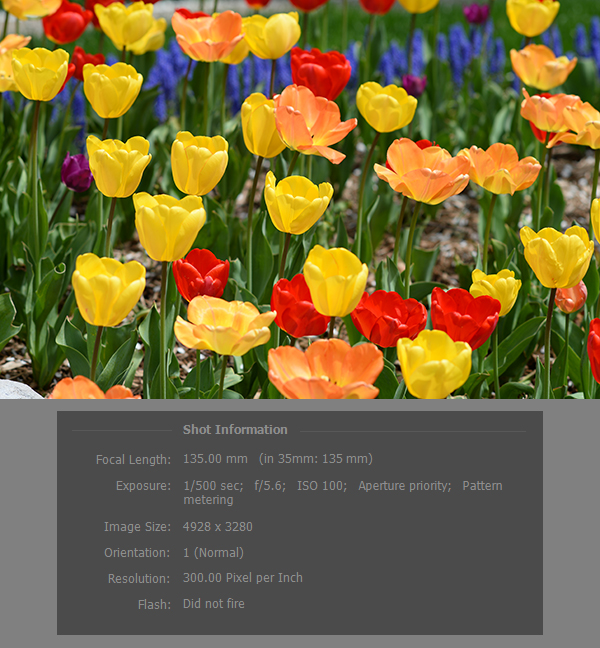

High Quality
Build quality—by and large—is fantastic. Both of the 135mm f/2.8 lenses I own (an Ai and an non-Ai) are solid, heavy and feel great in the hand. My other used Nikon lenses are solid and reliable as well.
The Nikon Df Advantage
The Nikon Df can use non-Ai lenses as easily as Ai and Ai-S lenses. Aperture Priority works but you must set the f/stop on the sub-dial on the front of the camera body as well as on the lens when you shoot with non-Ai glass. With Ai lenses, Aperture Priority works as defined—you set the f/stop, the camera responds with the correct shutter speed to achieve proper exposure. And by the way, on my Df (and on my D800 for that matter) the metadata recorded with the image is correct as long as I enter the Non CPU Lens data correctly.
The Downside
Manual Focus. Until the venerable Minolta Maxxum 7000 appeared in 1985, we all focused all of our lenses on all of our cameras. So what’s the big deal? I’ve heard people complain that modern DSLRs are difficult to focus manually. For those critics, I guess they must be. But my Nikon Df has an Electronic Rangefinder that allows me to confirm what my eyes (corrected to 20/20) discern. My aging Nikon D2X has a green dot that appears when correct focus is achieved. I focus by eye and I am able to catch the green glow in my peripheral vision. Bingo! Autofocus is much faster, don’t get me wrong, but manual doesn’t mean inaccurate.
Aperture Priority or Manual Exposure
You can’t use Shutter Priority or Program Mode. I like Aperture Priority, so it’s not a handicap for me. For you—that’s for you to decide.
No metering on some Nikons
Attach an old Ai lens to a Nikon D90, D80, D5000 and a few others and the camera’s built-in meter will not function. You must shoot in Manual. But I just bought a used Gossen Luna Pro for $30 from Roberts Camera (alias UsedPhotoPro) so you know what I’m going to be doing next week—I’ll be out with my D90 and the classic German incident meter.

Warning! If you attach a non-Ai lens to some Nikons, you’ll break the camera. That’s a real danger. Be absolutely certain that you can tell the difference between Ai and non-Ai lenses before you try this at home.
Dangers of Buying Used
When it comes to lenses, unless they are mishandled or stored improperly they very rarely break—especially if we are talking about manual focus lenses that were made 35 or so years ago when plastic was used only for lens caps.
Sadly, some old lenses become mold farms. Lenses that have been stored for 25 years in a biologically active leather case are likely to contain fungus which can appear as a thread, an artistic spider-web-like pattern, a ball of dust or simply an overall foggy veil. On eBay you’ll see some listings that say “haze” which is a polite way of saying that the mold is thin but it covers an entire internal lens surface. If the listing contains any of these words, don’t waste your time. Moldy lenses only mean heartbreak.
Check the screw heads—the groves should be clean and sharp. If they’re marred or defaced in any way, run.
Defects that I generally will overlook include internal dust (in small amounts), minor scratches on the front element (but not if the scratch is on the rear element) and normal external cosmetic wear. To learn more about the disruptive effect of a scratched front element, read my column from earlier this month—you might be surprised.
Dented filter rings, in and of themselves, are usually tolerable. But how did the dent get there? Impact sufficient to dent a filter ring often jars internal elements slightly loose. That’s not good. Unless you’re looking at an incredible bargain—like a 24mm f/2 Nikkor for $100—take a pass on the dinged rings.
The faint of heart (or light of wallet) who still want to join the fun can easily adapt classic glass onto a mirrorless M43 camera body. For a Shutterbug story from 2012 that frames that subject in a nutshell, click here. There are some fine lens bargains out there—Pentax, Konica, Fuji and of course Canon, Minolta and Olympus—especially if you settle for a 50mm (which conveniently becomes a 100mm portrait lens on a M43 camera). You should be able to score a decent lens for under $50. The adapter should cost less than $25.

Conclusion
I’m not vain enough to believe that this column will cause zillions of readers to go out and buy up all the good used glass. But I do know that prices are creeping upward as interest and demand grow. If you plan to pick up a bargain, do it soon and enjoy it all summer. But don’t outbid me or I’ll never speak well of you again.
—Jon Sienkiewicz
- Log in or register to post comments



